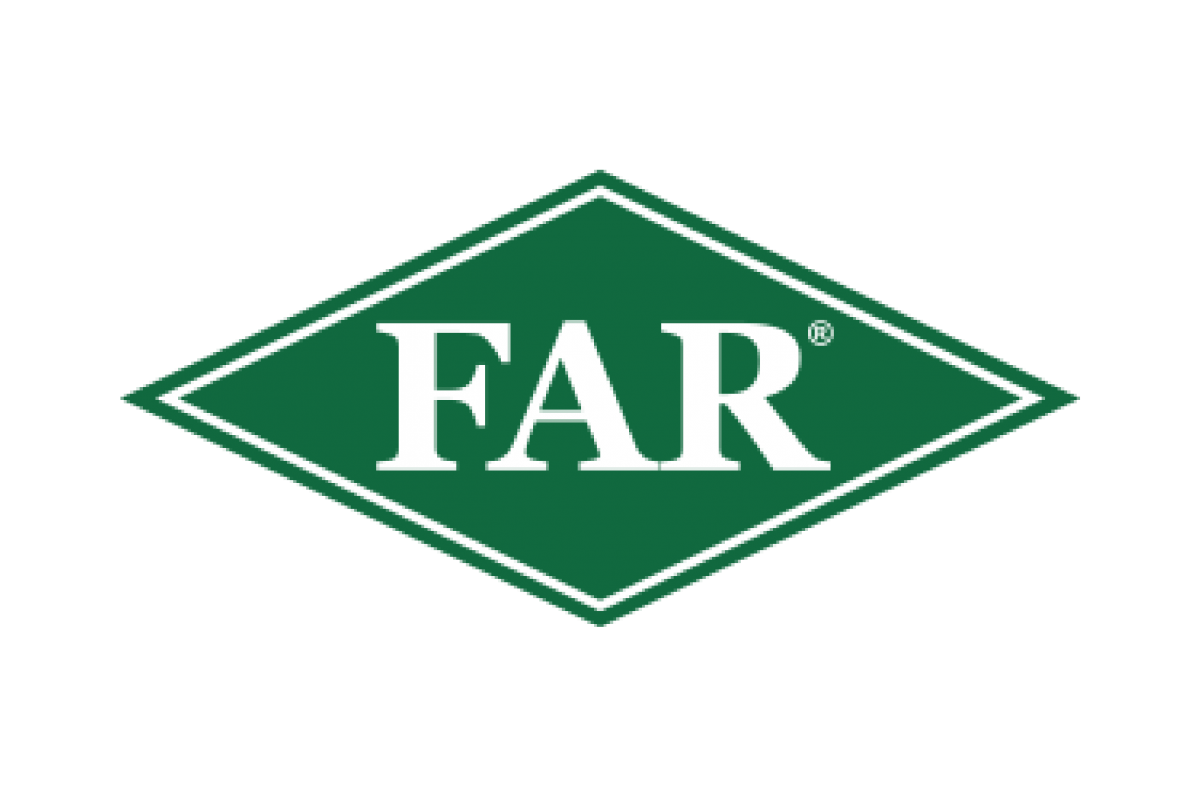Executive Summary
In the last decade New Zealand (NZ) agricultural exports to Asia have increased 71% to NZ$6 billion, and China is now the largest of these Asian markets. This growth is set to continue as the Asian economies continue to outpace those of the US or Europe. An increasing proportion of Asia’s large population will develop internationally competitive purchasing power, and consumers will be more able to afford the safe, high quality and innovative foods that NZ agriculture is capable of producing. In order to sustain the highest possible returns, NZ agriculture must understand how to delight these customers so they continue to demand NZ products.
This report details two Asian markets; China and India which were chosen as large, diverse and complex markets with growing economic influence. Importantly they are commonly considered by New Zealanders as representing emerging future market opportunities. Japan was visited as part of the study but is a mature Asian market with which NZ has long-standing trade relationships. As such it has not been detailed in this report. Through analysis and review of relevant literature, market reports, in-market interviews, visits to relevant successful NZ agribusinesses, and a small-scale consumer survey, this report outlines key market advantages, challenges and high level solutions for engaging in China and India to create sustainable and profitable future markets for NZ agriculture.
China is described as NZ agricultures number one market for the next century due to its on-going economic strength, population dynamics and Government policy direction. The NZ China Free Trade Agreement (FTA) and NZ’s reputation for high standards of food safety represent key market advantages for NZ agriculture in China. However, the market challenges in understanding and engaging with Chinese customers include language and cultural barriers, low purchasing power parity (PPP), the existence of many complex, dynamic and diverse submarkets, rapidly changing demographics and consumer preferences, competition, NZ’s lack of capital and scale, and Chinese Government processes.
This report proposes four key solutions to the challenges identified for China:
- Get closer to the customer with product support strategies and understand NZ’s value proposition
- Build relationships, commit and take a long term view on China
- Consider a ‘One World’ or international approach to extend the value chain
- Get clear on strategy and focus attentions on this key market
India represents a significant potential market for NZ agriculture worthy of development and investment; however it is currently a much smaller market than China. Market advantages identified for NZ agriculture include consumer preference for dairy products and sheep meat, an impending NZ India FTA, and an existing ‘brand NZ’ presence through international cricket. Market challenges outlined include significant agricultural tariffs, low PPP, diverse culture and taste preferences, low beef consumption, lack of significant cold chain and modern retail infrastructure, bureaucracy and consumer demographics. For India, the four key solutions suggested are:
- Encourage the signing of a NZ India bilateral FTA
- Understand the consumer and adapt products to suit their preferences
- Extend the value chain with a ‘One World Approach’
- Develop a clear strategy and take a long term view.

























